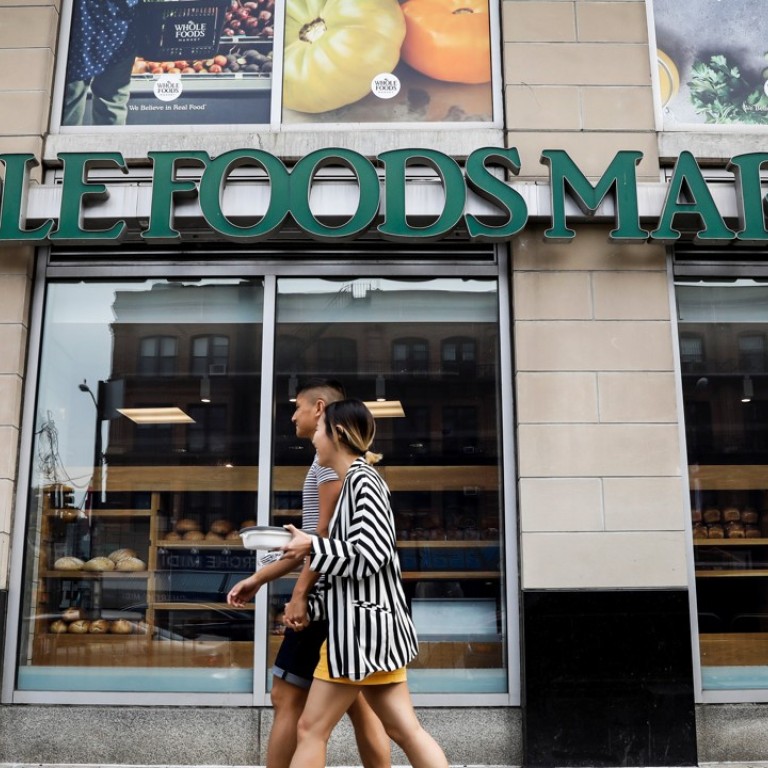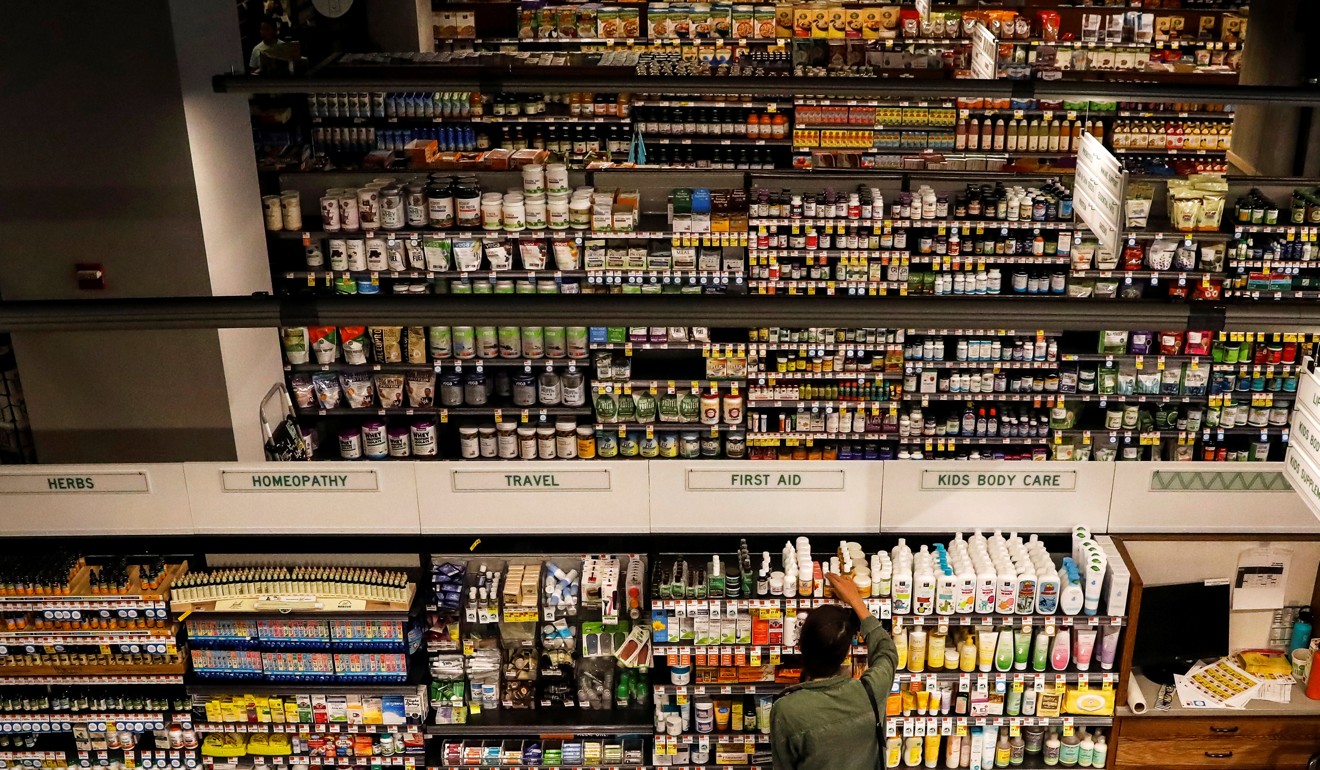
Amazon, Whole Foods and why traditional ad agencies are dying
The forces wrought by digital disruption are changing the way advertisers spend, forcing them to ponder whether they rather missed the plot in previous attempts to reach consumers
This week, Amazon completed its acquisition of Whole Foods and immediately rolled out a catchy price cutting campaign to celebrate.
Because of its phenomenal reach through its own networks, combined with big news coverage, the advertising cost of this campaign was precisely zero.
Direct marketers, such as Amazon and Alibaba, which owns this newspaper, are on a roll. Not only can they charge suppliers for how and where they appear on their sites, but they are also the conduits for sales, providing the ultimate ability to determine which marketing methods work and which do not.
Meanwhile, what do you think happened when the giant consumer goods group Proctor & Gamble slashed US$100 million from its digital advertising budget in the second quarter of this year? The answer is nothing, as far as sales are concerned.
Little wonder therefore, that they and other major corporations are rethinking their advertising spend and concluding that they’ve been wasting a hell of a lot of money.
Advertising agencies have been quick to feel the pinch, WPP, one of the world’s biggest agencies, has issued two earnings warnings so far this year. Shares in other big advertising groups such as Publicis and Omnicom have also been marked down with a vengeance.

This is something more than a blip. It is, in the words of Martin Sorrell, WPP’s chief executive, the result of “digital disruption” which is changing the way advertisers spend, forcing them to ponder whether they rather missed the plot in previous attempts to reach consumers.
While advertising agencies are wringing their hands, Google and Facebook are ringing up bigger profits, because not only do they have direct access to consumers, but they also provide a quantifiable method of finding out how many people they reach.
If you pay for a high placement in a Google search, or pay to ensure that your product or service pops up when certain keywords are searched, or even go further and buy a banner, you get to discover not only how many people have clicked on it, but also for how long.
This level of certainty compares with the more nebulous world of traditional advertising, where it is very hard to prove the extent to which buying decisions are influenced. Advertising agencies have poured large sums of money into trying to get answers here, but they are rarely definitive.
I know from one of my company’s experience exactly how much bang for the buck we get just from Yahoo! and Google. By paying them for keywords on the search engine, we ensure our service is high on the list of searches likely to attract customers. It is also easy to discover how many of these clicks translate themselves into sales. If this works on a rather modest scale, it’s a fair bet that many larger companies have reached the same conclusion.
Mind you, not everyone is happy in the world of digital advertising, as there is growing evidence of consumer resistance to pop-ups inserted into websites. Sometimes these pop-ups prove to be positively counter effective, annoying potential customers to the extent that they actively avoid whatever is being advertised.
So, where is all this is heading? Especially when it comes to what might be described as image advertising, or brand promotion, that has an awkward presence in the digital advertising arena.
It is easier to understand how advertising with a specific purpose works. Take the example of a potential car buyer who might be interested in perusing ads with price information, or new model information, but is entirely uninterested in some kind of generic sales pitch for the brand – the sort of thing that has been the bread and butter of traditional advertising models.
Moreover, such is the power of the internet that image and reputation are just as likely, if not more likely, to be influenced by social media than they are by big set piece adverts.
Of course the big brands have noticed this, which is why they are active on social media both in open and covert ways. This channel is relatively cheap and hugely effective.
Yet, and it’s a pretty big yet, the case for digital advertising is far from being definitive. Quality publications and quality television programmes still attract a good deal of advertising from companies, notably including Amazon, who, presumably, know what they are doing.
Big corporations may be rethinking strategy and are clearly shuffling their budgets around but the value of non-digital advertising has yet to be thrown into the dustbin of history.
Whether the traditional intermediaries for this kind of advertising -- the big ad agencies -- will retain relevance is perhaps a more pressing question, because as matters stand, their customers are deserting them in droves.

